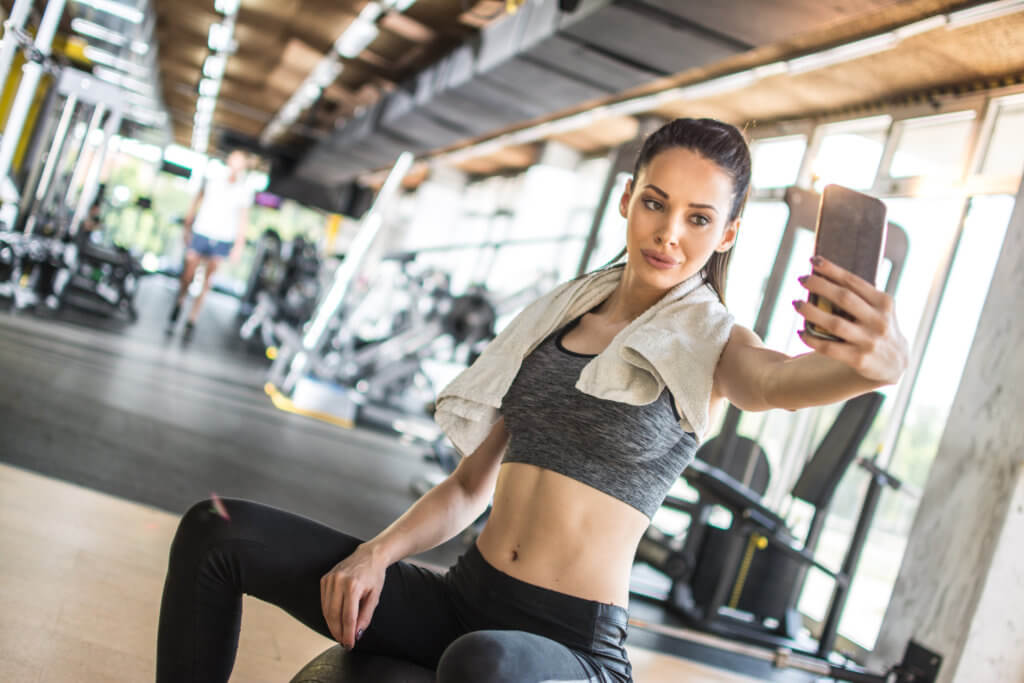YORK, United Kingdom — Selfies tend to make individuals appear slimmer than other camera angles, a new study explains. Participants exhibiting symptoms of disordered eating were more inclined to perceive women as “significantly slimmer” in their selfies compared to a general participant group.
The study, conducted by researchers from the University of York and York St John University, found that individuals generally view women as equally attractive regardless of the camera angle used to photograph their bodies. However, those who may be more susceptible to eating disorders perceived women as more attractive in selfies, associating the photos with a slimmer appearance.
Consequently, the research team concludes that these women are at a greater risk of negative impacts from viewing selfies as opposed to other photographs.

“Many of us see selfies every day as we browse the growing number of social media platforms. We know that filters can change the way that bodies appear,” says Dr. Ruth Knight, co-author of the study from York St John University, in a media release.
The study involved 10 women who photographed their bodies (excluding their faces) while dressed in athletic wear. These photos were taken from several angles: a standard front-facing self-timer shot, an arm’s length selfie, one using a selfie stick, and another taken from the chin’s perspective, looking downward.
Female participants were then asked to evaluate the photos. Additionally, they completed a questionnaire addressing their feelings and behaviors related to food.
“This research suggests that the angle from which the photo is taken can change our judgments about body size, so that when consuming images on the internet, even simple unfiltered selfies, what we see is not necessarily an accurate representation of real life,” adds Dr. Knight.
The scientists say the study’s conclusions are limited due to its small participant count and the inconsistency of photo angles between participants. Future research might explore how varied camera angles impact perceptions of different body sizes.
The findings are published in the journal PLOS One.
You might also be interested in:
- Here’s why people take selfies — and why it’s not about vanity
- Best Camera Phones In 2023: Top 5 Devices Most Recommended By Experts
- Best Beginner Cameras: Top 5 Photo Makers Most Recommended By Pros
South West News Service Pol Allingham contributed to this report.

